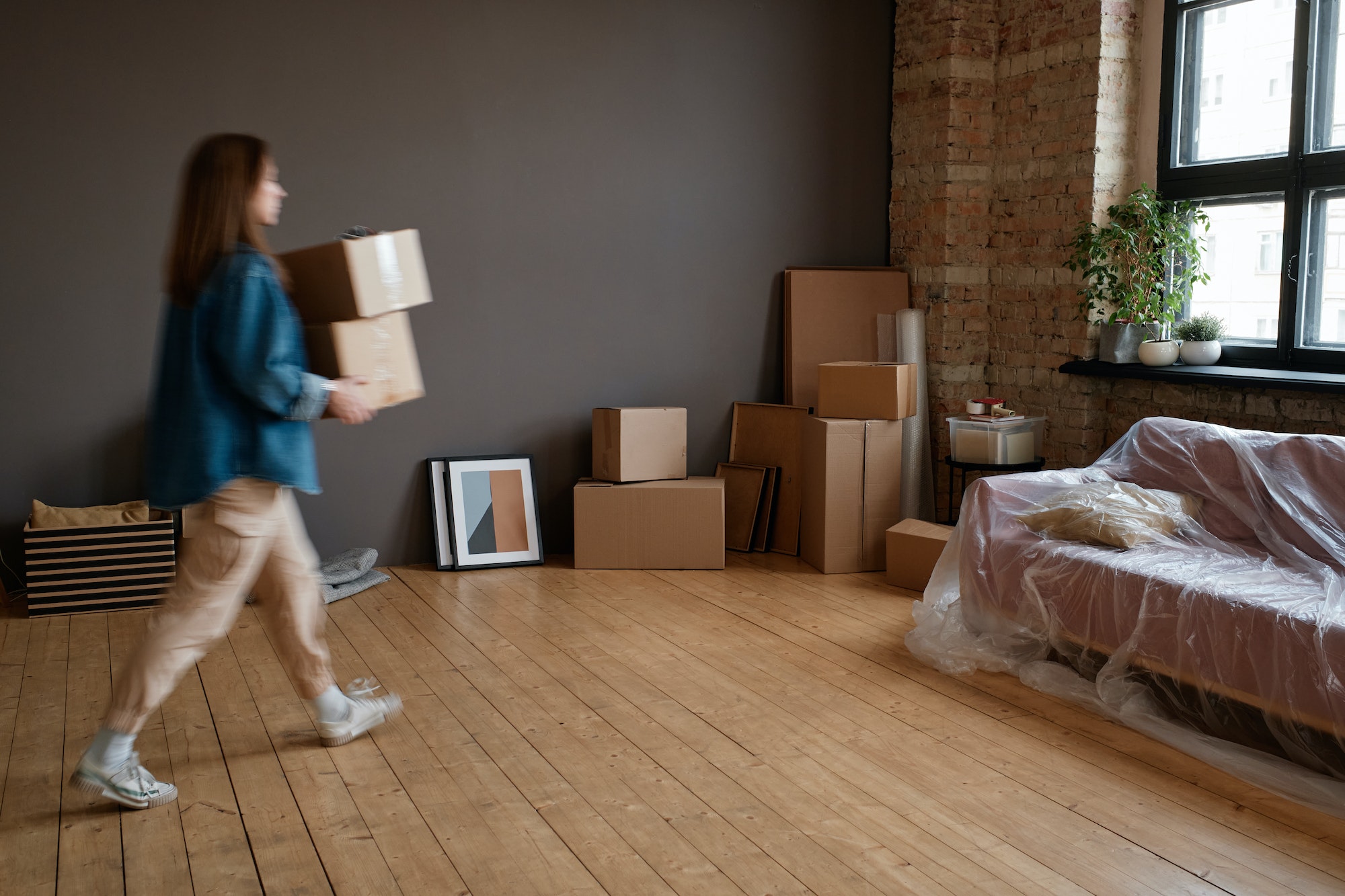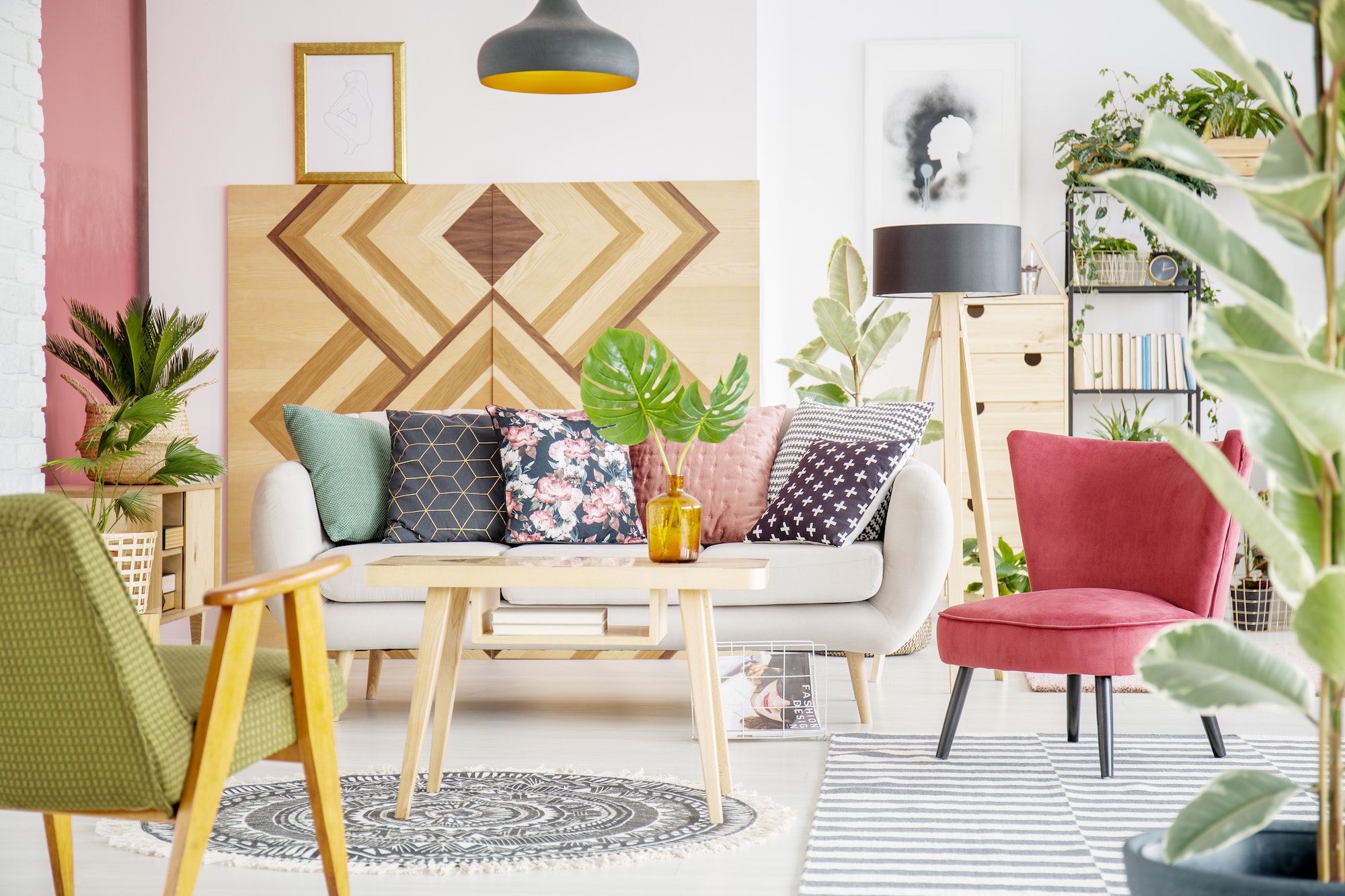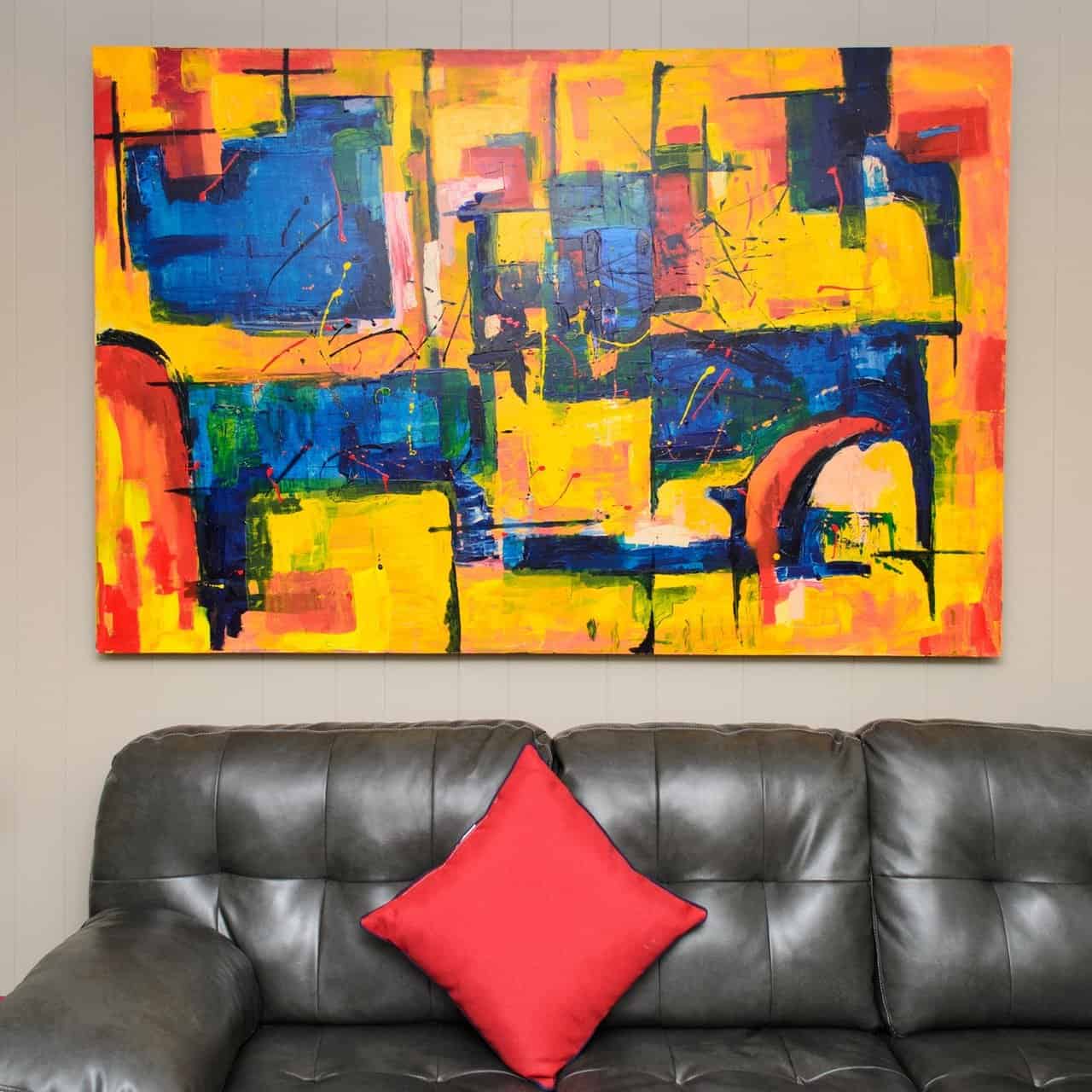There’s no such thing – Different people have different preferences, needs, and budgets, so there is no single feature that everyone should prioritize.
However, certain features can make a big difference in the quality of life you’ll enjoy in your home, making them important considerations when selecting the right property for your needs.
Want some tips for first-time home buyers? Read on.
Location
If you’re going to buy a home, location is one of the most important factors you should consider. This is because it has a direct impact on the amount of money you’ll spend on a property.
Buying a house with the best location is a great way to increase the resale value of your property. Whether you’re buying a home for yourself or a family member, you’ll want to make sure that you choose the right location.
The most obvious way to determine a good location is to choose a city that offers a variety of amenities. If you are a fan of baseball, for example, you might want to look for a condo near a ballpark.
When it comes to purchasing a home, you’ll also want to consider the location of schools and nearby amenities. You’ll want to make sure that you are in an area that has good school districts and public transportation.
The most important aspect of the location of a home is that it’s in a good neighborhood. Many people prefer to live in safe neighborhoods. Others want to be close to a park or a shopping mall.
Kitchen
If you’re looking to buy a home, the kitchen is one of the most important features to consider. It’s where your favorite meals are created, and it’s also the space where you socialize and create memories. However, not everyone agrees on its importance.
A survey conducted by the National Association of Home Builders (NAHB) asked a panel of home buyers to rate 30 different kitchen features. The results showed that a number of popular options have been on the rise since 2003.
One of the most desirable features is a walk-in pantry. This will allow homeowners to have all of their essentials close to hand. However, adding a pantry to a kitchen layout may be tricky.
Another feature that buyers like is a kitchen with plenty of counter space and a full-sized oven. These items are especially important if you love to cook for other people.
Aside from these common preferences, buyers were asked to rate whether each feature was “essential” or “indifferent.” Nearly half of the respondents rated each of the features as either essential or indifferent.
The Number of Bathrooms
When you decide to buy a home, the number of bathrooms is one of the most important features to consider.
Having more than one bathroom can help you accommodate multiple family members at a time. However, not all homes can support full-sized baths.
If you’re planning on selling your home, later on, having a master bathroom with a tub and separate sinks can be a big plus. This will give buyers more confidence in your home’s overall design. Besides the obvious benefit of having a bathtub, you’ll also get some added storage.
Depending on the size of your family, the layout of your bathroom can be very different. A large family may need a large full bath, while a small household might require a smaller one. Ideally, your bathroom should have a smart toilet and a shower.
Having extra bedrooms in your home can enhance your lifestyle. These can be used for a playroom, an office, or even an exercise room. Alternatively, they can be a guest room.
Lot size
One of the most important features to consider when buying a home is the size of the lot. Not only does this affect the size of the home, but it also determines how much value the property can bring.
Home builders charge more for homes that have larger lots. The larger the plot of land, the more work it takes to keep it in good shape. Additionally, it requires more landscaping. If you’re considering building a new house, it’s important to know exactly how much space you need.
In the past century, the median home size has increased by 84%. This is largely due to the increase in building costs. However, zoning ordinances and subdivision regulations have included minimum lot sizes. These have been implemented in many neighborhoods to preserve semi-rural living.
While a larger lot might bring higher prices, the additional square footage may not be worth it. It can be difficult to find a large piece of land for a reasonable price, and potential buyers may not want to pay for an extra acre of land when they later sell the home.
A lot of the debate surrounding this issue is centered on the minimum area requirements for dwellings. Typically, the minimum lot size is one acre or more.
Age and Style of a Home
If you are considering the purchase of a new house, you need to make sure you do your homework before signing on the dotted line. You’ll want to take into account the age and style of the home as well as its location.
A vintage house can be a real treat and offer many benefits. In fact, you might be surprised to learn that the age of your home could be a factor in the price you pay. Likewise, a dated home may require you to spend more on maintenance.
Maintenance costs
Home maintenance costs vary widely depending on a number of factors. Location, age, and type of home can all have an effect on how much homeowners spend on repairs and maintenance.
Older homes tend to need more frequent repair and maintenance than newer houses. If you are planning on buying a new home, it’s a good idea to make a list of the items that need to be repaired or replaced. This will help you figure out what you can afford to pay for repairs and replacements.
Homeowners who conduct regular maintenance on their homes have a lower probability of having to replace their appliances. This means that they can enjoy more reliable systems and appliances. Keeping up with the maintenance of your appliances also helps to keep them in good working order.
If you are unsure how much to budget for repairs, start by determining the square footage of your home. The rule of thumb is to save $1 per square foot of living space for maintenance and repairs.
And a general rule of thumb is to set aside 1% of the purchase price of your home for maintenance. For a home with a livable area of 2,500 square feet, this would mean setting aside $209 a month for maintenance.
Conclusion
Choosing a home that suits your budget and lifestyle is a key part of the process. It’s also wise to make a list of the features you are looking for early on.
For example, a garage is non-negotiable for most prospective buyers. Adding one can increase your living space while improving vehicle safety. On top of that, a garage makes for easy storage. This may be a major advantage if you are planning to relocate.
Keeping up with your home’s maintenance is a full-time job, but if you have a plan in place you should be in good shape. Having a checklist can be the difference between a squeaky wheel and a happy homeowner.
Discover more from Futurist Architecture
Subscribe to get the latest posts sent to your email.




